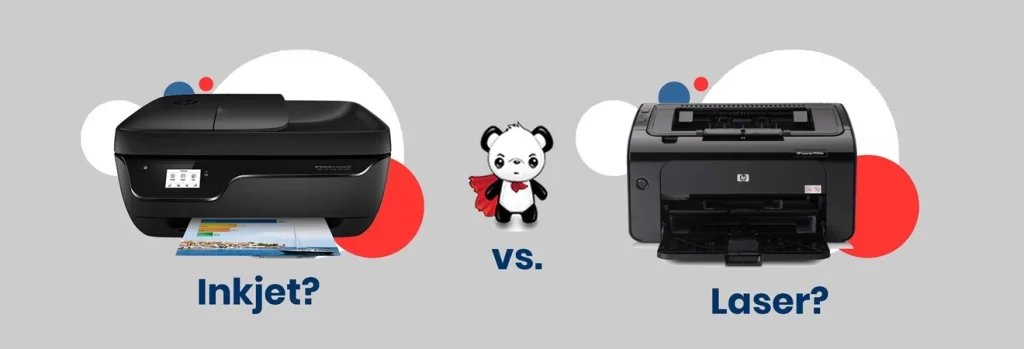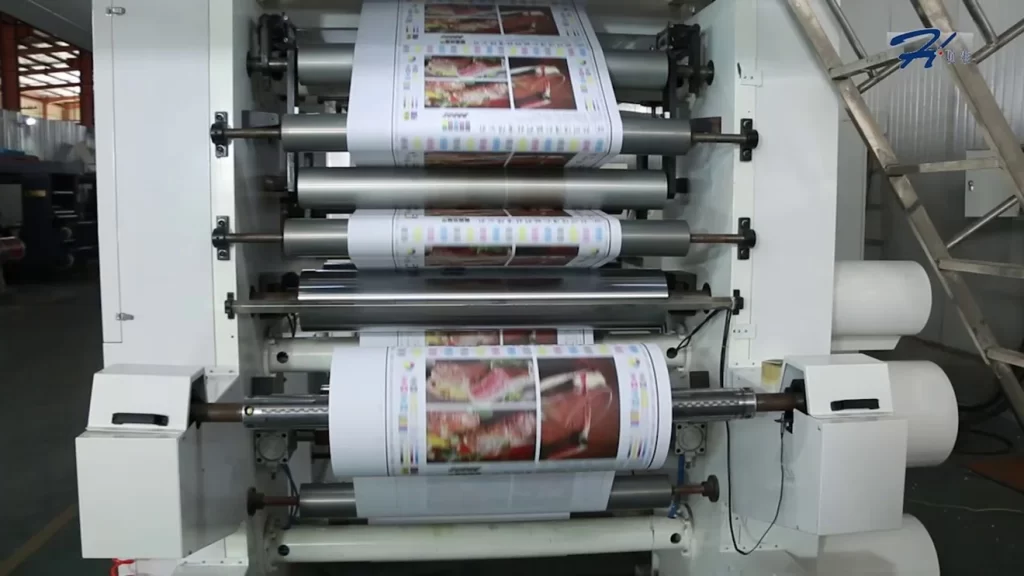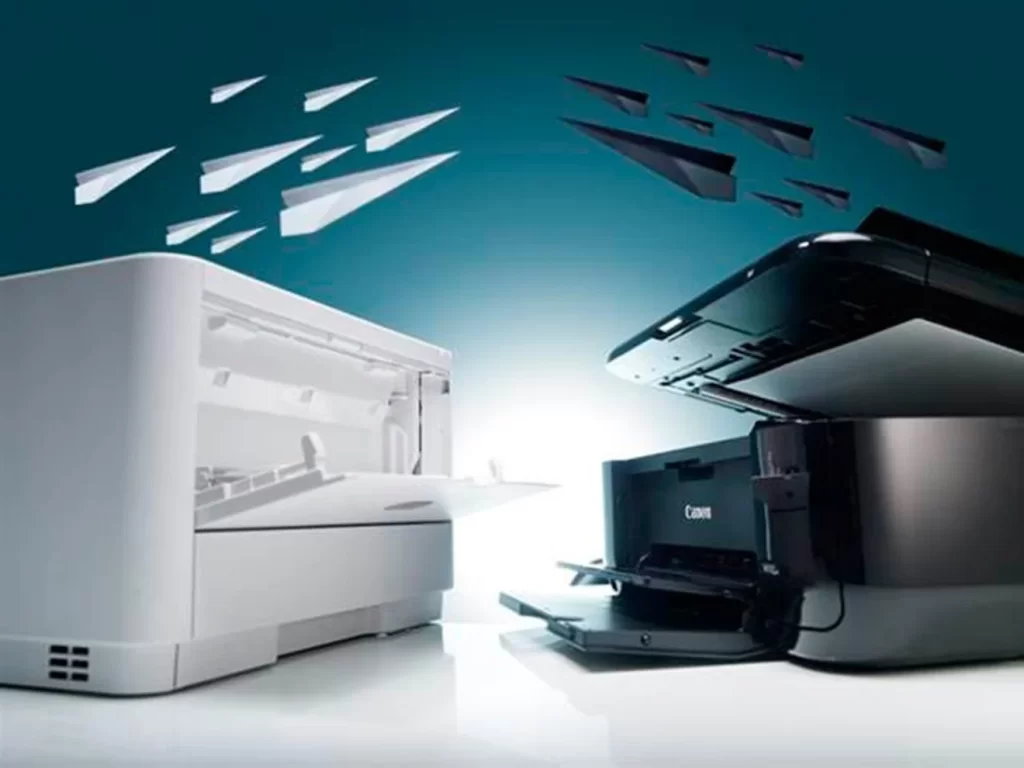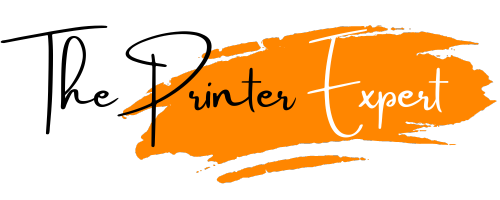Which Printer is Best For Home Use [Guide 2025]
As the holiday season is coming, you might need a printer. A physical printer may seem like a relic of the past. But at the same time, it also operates to print out recipes, paperwork, or any document your small business might need.
Sometimes you may be in dire need of a printer, maybe for printing documents, photos, or school projects – with an on-demand printer, it becomes a lot easier. Printers of various sizes and functions in the market are more environmentally friendly.
With more than 120 million Mopria Certified printers, finding the perfect one for your home needs can feel overwhelming. But worry not! In this post, I’ll tell you about the best printers for home use and then break down the features to look at when choosing a printer for home use.
Table of Contents
Which Printer is Best for Home Use – Inkjet vs Laser?
The first battleground: inkjet printer or laser printer? All buyers must want to solve this puzzle. They have to understand the functionality of each printer to narrow down their choices. In a nutshell, the features of these two printers are the following:
Inkjet Printers
Inkjet printers are the most familiar printers for home use. These printers spray the liquid ink droplets onto the paper to create a photo or image. They offer superior photo quality with vibrant colors. You can print on a variety of paper types and sizes including, glossy, cardstock, and photo paper.
Generally speaking, inkjet printers, especially DTF printers, are more affordable upfront. Ink cartridges may be expensive in the long run, especially for frequent printing. Plus, their compact size fits into the home office more easily.
Because the ink disperses poorly across the paper, they are unfit for precise lines and diagrams. A laser printer may be better suited for that purpose.
Laser Printers
Laser printers are commonly used in offices to print high-quality monochrome prints. They use toner cartridges filled with fine powder to create images and text on paper. These printers produce crisp sharp text images with fast printing speed, making them perfect for large print runs.
Generally, laser printers are more expensive than inkjet printers and have limited paper printing options. They work best to print letters, proposals, and reports that don’t need any color. While for color printing like posters and brochures inkjet printers work well.
As a buyer, you have to decide if it is okay to use an inkjet printer with high flexibility or go for laser printers with high speed – but these are not cheap.

Key Features to Consider
Once you have understood the main types of printers, let’s get into the key features to consider when choosing a printer for home use.
Print Quality
For everyday documents, basic quality is important. Photos demand high-resolution printing. You have to buy a printer with a higher DPI (dots per inch) that offers sharp text and vivid colors. Inkjet printers are known for their high-quality prints.
Printer Function
Do you just need printing, or do you require scanning, copying, or faxing? Opt for a multi-function printer (MFP), if these functions are important. If not, go for a single-function printer machine. It not only cuts the cost but also has a high printing speed specified only for a single function.
Printing Speed
Another important consideration is printing speed. If you constantly print labels or large documents, prioritize faster printing speeds. Casual users might find slower speeds acceptable. Inkjet printers have slow speeds while laser printers have faster print speeds (of up to 30-40 pages per minute).

Connectivity
Consider how you’ll connect to the printer. Wi-Fi allows wireless printing from computers, smartphones, and tablets. Bluetooth is another option for mobile printing. Look for compatibility with mobile printing standards like Apple AirPrint, Google Cloud Print, or manufacturer-specific apps. If you prefer a stable connection, check for USB or Ethernet ports.
Paper Size
Paper sizes differ based on the printer you use. Check the paper size specifications online before buying to ensure that your desired printer meets your requirements. Most inkjet printers can handle normal legal paper sizes up to 8.5″ x 14. For wide-format printing, I recommend the Epson Expression Photo HD XP-15000.
Paper Handling
Choose a printer with a paper tray capacity that suits your needs. Automatic double-sided printing (duplex) can save paper. These paper trays crop up the unusual sizes of paper, making it easy to deal with large paper sizes. Also, consider the input tray size; smaller trays require frequent paper additions, while a 250-page hopper can be done once a month.
Running Cost
When considering the price you’re willing to pay for your printer, do consider the printer’s running cost. Factor in the cost of ink/toner replacements, paper, etc when comparing printers. Opt for models with high-yield cartridges that best fit your budget DTF printer category. Energy Star-rated printers can save on electricity bills over time.
Space Constraints
If you run a small DTF printing business and don’t have a big workspace, considering the printer size comes at the forefront of your mind. You also have to consider the number of users of that specific printer. Check out the Brother DCP-T420W Ink Tank Printer; a printer pack with a punch of features.

Warranty
Many printers come with a one-year warranty, which normally covers only machine issues. If you purchased an expensive printer or if your company has a bad track record with previous printers, extended warranties may be worth considering for a printer for home use.
Conclusion
When choosing “Which printer is best for home use?”, it is important to consider your requirements for the specific printer as well as its running cost. Whether the need is for excellent quality photo printing, quick document printing, or multi-purpose usage of an all-in-one functionality printer, there is always a right match.
With these features in mind, consider yourself well-prepared to purchase the right printer for home use.
